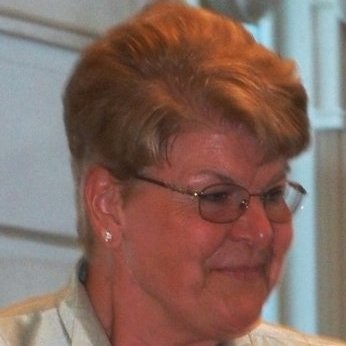Janice Werbinski
a. I think that the biggest change has been a change in terminology. We used to label this field as “Women’s Health”, but that seemed to lead to ambiguity and confusion.
i. It is either interpreted as women’s reproductive health, and thought that ObGyn already researches and finances it adequately.
ii. It is viewed as a niche area for only those with special interest, with no need for the bulk of learners, educators, and specialists to know the information.
iii. Since the “Women’s Health Movement” of the 1990’s, most Women’s Health events have had the interest and attendance largely from only women providers.
iv. With the emergence and emphasis on new terminologies for gender, and the competition to include that spectrum of genders, race, and ethnicities as “special populations” into healthcare, research, and education, Women’s Health has lost its focus and remains sidelined.
v. Hence, beginning in 2003, with the publication of Dr. Marianne Legato’s textbook, Principles of Gender Specific Medicine, many researchers and educators now use the terminology “Sex and Gender Specific Health.”
b. The explosion of new technologies and devices which address women’s issues, putting more data and information into the hands of women as consumers.
So women’s health and wellness needs to broaden its holistic approach. There is a ways to go.
a. Awareness of the myriad sex differences which have already been discovered and the need to have those woman-specific data translated to curriculum and then to bedside care. “No scientific discovery, no matter how ground-breaking, will ever save a life until it traverses a learning environment…” Marjorie Jenkins, MD, MEDHP, FACP. Source: link
b. Funding not only for more research on women, but also for education of providers so the specific care of women becomes part of the healthcare system, AI, and electronic medical records.
c. Since my colleagues and I in the field of Sex and Gender Specific curriculum development have been working to effect these changes for over 30 years, I don’t believe that consciousness-raising has been very effective. There is a huge amount of data already available: surveys, education assessments, curriculum tools, and learning modules. But it needs to be mandated in the education of all providers who care for women. The status quo is still male centric and that is why women often complain of “medical gaslighting.”
a. Funding is always top on this list, but not only funding for research, but for devices that are sex specific, and sex specific curricula in schools which educate providers.
b. Legislation can also be a great catalyst. In some other countries (Italy and Brazil) legislation mandates the teaching of sex and gender specific data.
c. Women consumers of healthcare (and their allies) can lead the movement. They can ask their providers if a certain treatment or device has been tested on women, showing no worse side effects than in men. They can “vote with their purse” and change providers until they find a provider who addresses their specific needs.

